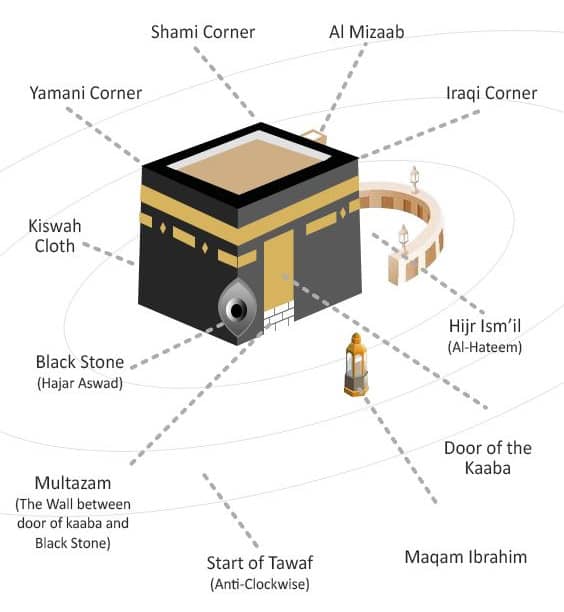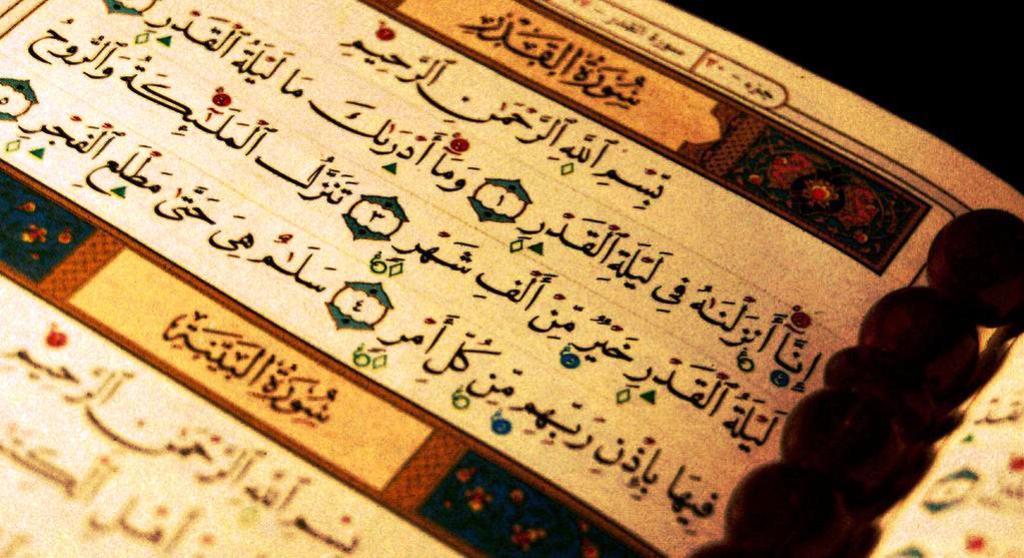The official start of the Hijri calendar: The official beginning of the Hijri calendar took place in the Farooqi time. It so happened that once Hazrat Abu Musa al-Ash’ari wrote a letter to Hadhrat Umar (R) saying that the letters sent by him to different parts of the government do not have any date, so there is difficulty in enforcing the rules.
Hazrat Umar (may Allah be pleased with him) considered it to be very reasonable. He called a meeting of the great Companions of the messenger (saw) to discuss the matter.
The Message of Hijrat (Migration) and Hijri Calendar
He took the before all of the Companions. They seemed the statement of Hazrat Abu Musa Ash’ari (RA) very reasonable.
Hazrat Umar Farooq (RA) sought advice in this regard as to when it should start. So, the great Companions offered four types of opinions.
One group suggested that the Islamic year should begin with the year of the Prophet’s birth.
The second group suggested that the Islamic year should begin with the year of Prophet hood.
And the third group (which included Hazrat Ali) said that the Islamic year should start from Hijrah.
The fourth group suggested that the Islamic year should begin with the year of the Prophet’s death.
These four types of opinions and suggestions came before Hazrat Umar (RA) in the Majlis-e-Shura. In the selection and appointment of one of these opinions, there was a debate among the Companions.
Solving the matter, Hadhrat Umar (R) said. “There are differences in the date of birth and the days of birth too. It may lead to the dispute at the beginning of the Islamic year from birth or prophecy.
To start the Islamic year from the Prophet’s death is not appropriate because the year of the Prophet’s death is the year of sorrow and trauma for Islam and Muslims.
Therefore, it is more appropriate to start the Islamic year with the migration and Hijrah because it clarifies the distinction between right and wrong, Haq and Batil.
At the beginning of Islamic history, the event of migration is a priority and its causes. On the pages of Islamic history, there have been many other important and noteworthy events in terms of splendor and joy, such as the birth of the Prophet Muhammad, the battle of Badr, the battle of Uhud, and the conquest of Makkah.
Why was the date of this calendar not set from these events? Why didn’t the victories and the enthronement of kings become the starting point of this calendar like the previous nations? Why was the event of migration given priority?
This is the point in which, on the one hand, there is the wise politics and foresight of Hadhrat Umar (RA), and on the other hand, there is the wisdom and foresight of Hazrat Ali (RA), and it is full of excellent knowledge and expediency.
That great sentence of Hazrat Umar Farooq is preserved in the pages of history.
He said:
“No, we will start our calendar with our Prophet’s day of migration because it made a line between right and wrong, truth and falsehood.”
“The migration is the difference between truth and falsehood”
“The migration is the difference between truth and falsehood.”
In the same way, this sentence is also proved by Hazrat Ali (may Allah be pleased with him).
Mufti Shoaibullah Khan writes regarding the wisdom behind this selection:
“The Companions declared the beginning of Islamic history from the beginning of the Hijrah because this event is going to differentiate between truth and falsehood. The enemies understood well that Islam is true, and trying to demolish it is worthless. The conspiracies and efforts can not work against it because this is a true religion that has come from Allah to emerge in every situation.”
(Historical and Shari’ah Status of Hijri History, p. 10)
In this regard, Syed Asad Gilani writes:
“The event of migration in the struggle of the great Islamic movement of Hazrat Muhammad is seemingly unpleasant. Still, it is an essential step towards the Islamic Revolution.”
That is why, Muslims have attributed their calendar to a particular stage of an ideological struggle rather than a person, family, or nation. The year of the Muslims is the year of Hijrah, which begins with Hijrah’s event so that every time Muslims start their New Year, they are reminded of a stage in their struggle for the greatest Islamic history in the history.
And they were stepping out of the atmosphere of coercion and into the process of establishing an Islamic state; it is the wisdom of Allah that the date of migration coincided with the first day of the new year in such a way that migration is the theme of the new year for Muslims.
Thus, when Muslims begin their New Year, they present themselves to the world as an ideological group.
Undoubtedly, Madinah’s migration, in terms of its historical significance, is no less than the conquest of Makkah, but perhaps even more.
The foundation stone of Mecca’s conquest was being laid in the House of History on the same day that the emigrants were leaving Mecca.
(Hijrat Rasool Syed Asad Gilani, Naqush Sira No. 8, pp. 250-251)
The fact is that the event of migration was the prelude to Islam’s glory and the victory of the people of Islam because, on the one hand, there are unparalleled sacrifices at the foot of it. On the other hand, there are smooth paths of victories.
Moreover, the Companions started the Islamic calendar with Islamic conquests, not with the year of the Holy Prophet’s birth and death.
There is a hidden message that there is no place in Islam for superstitions about birth and death. If one’s birth had any significance, it would have been the day of messenger’s birth, and the Companions would have started the Hijri year with it. Similarly, the mourning ceremonies held on the day of death have no place in Islam.
It turned out that at the beginning of the Islamic year with the migration, the Companions’ choice is incomparable.
The message of the Hijri year to the Muslims
The Hijri year gives this message to Muslims every year.
- The same passion should be present in every human being of Islam with which the people of the first century sacrificed for Islam’s sake.
- Every Muslim should be ready at all times with the same passion as they put Islam before his family and children.
- The real Shari’ah is to adopt the path of moderation instead of boasting about any success and progress.
The Message of Hijrat (Migration) and the Importance of Hijri Calendar






